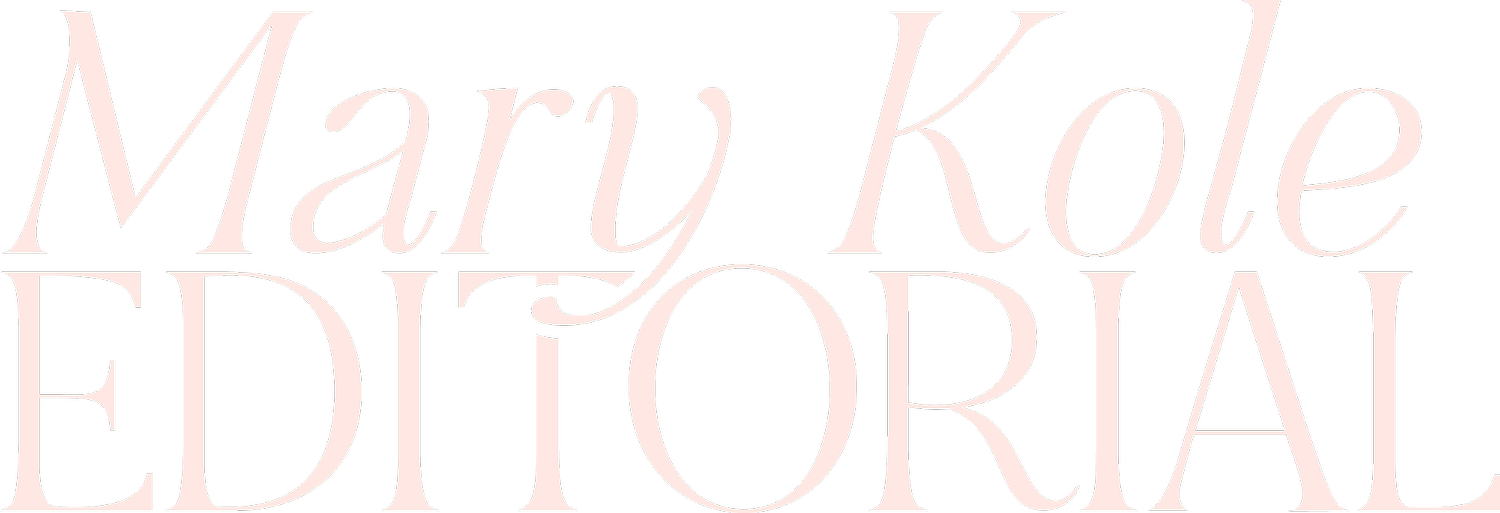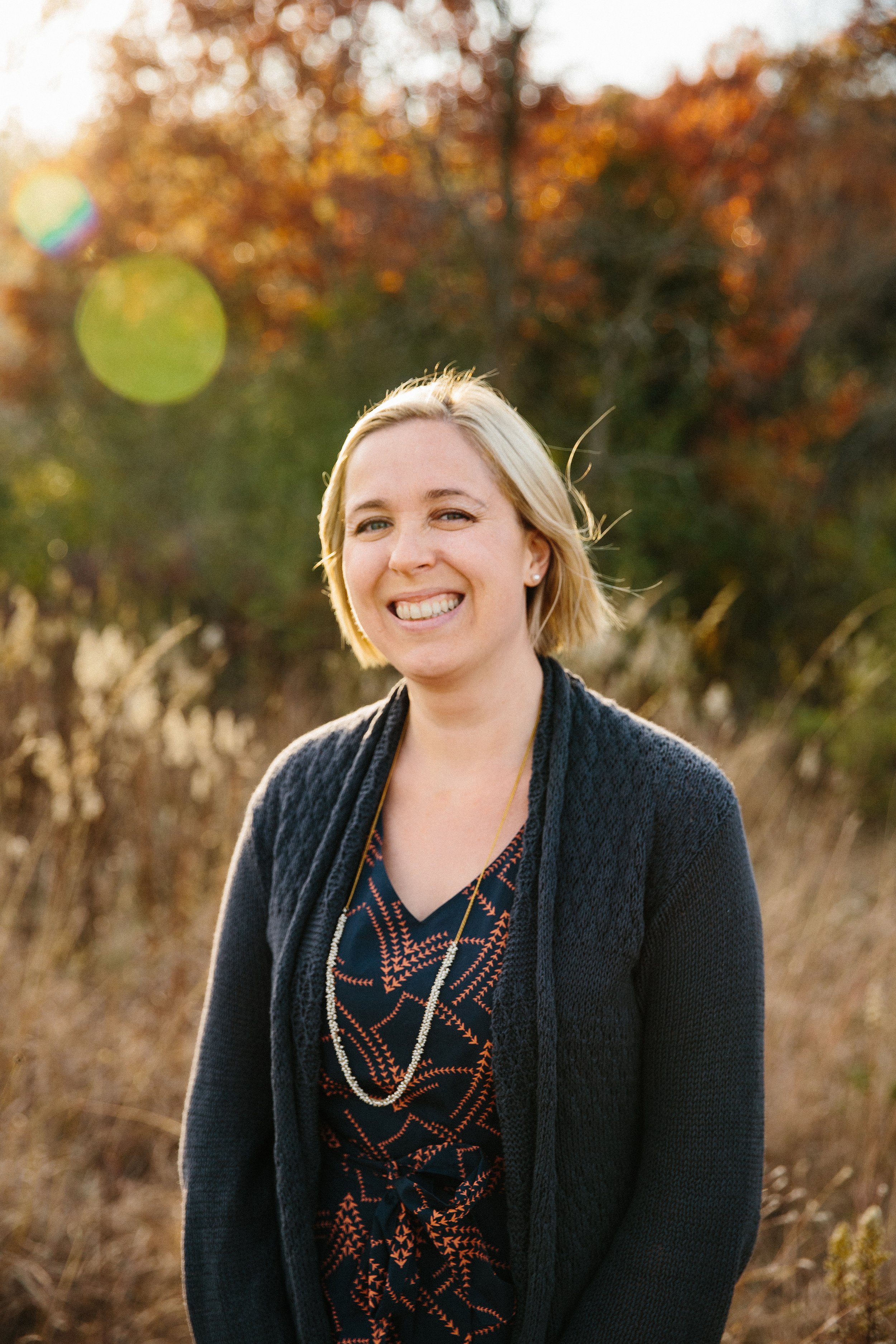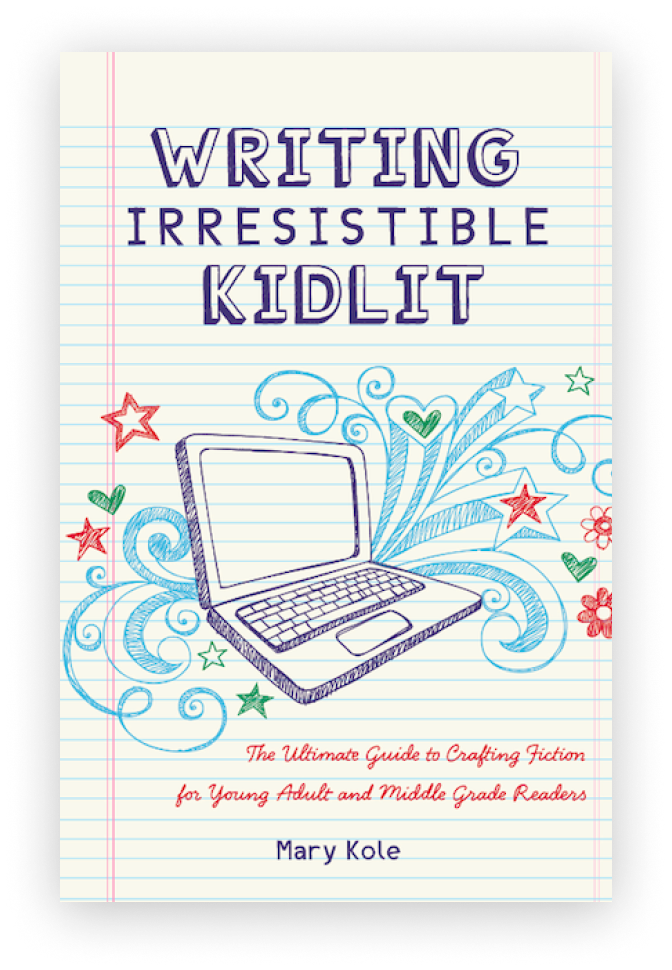Explaining Chapter Book
Age Range
By Mary Kole
Mary Kole is a former literary agent, freelance editor, writing teacher, author of Writing Irresistible Kidlit, and IP developer for major publishers, with over a decade in the publishing industry.
For aspiring writers looking to break into the world of children's books, a chapter book can be an excellent place to start. But what exactly is a chapter book? How do you write one? And what is the chapter book age range of your target audience? I’m here to provide you with a comprehensive guide to chapter books, including the parameters for writing, the acceptable age range for the protagonist, chapter book word count and other special considerations, associated page counts, advice on writing a series, and best practices for creating a chapter book that is sure to delight young readers.
The Ideal Chapter Book Age Range
First things first: what exactly is a chapter book? Unlike a picture book, which is typically aimed at children ages three to seven and relies heavily on illustrations, your intended chapter book age range is a slightly older reader, aged seven to nine. Chapter books are longer, more complex stories that are separated into chapters, with fewer illustrations (sometimes only spot illustrations at each chapter heading). The target chapter book age range for protagonists is usually eight to ten years old, although this can vary depending on the story's content and themes. Chapter books should be engaging, age-appropriate, and allow young readers to develop their reading skills and independence.
Now that we know what a chapter book is, let's talk about manuscript word count and other special considerations. Chapter books generally fall within the 5,000-15,000 word range, with about ten chapters. For younger readers, the word count should be on the lower end, and your expected chapter length is shorter. Older readers can handle longer chapters and more complex themes, including plot arcs and character arcs. You might even play with a subplot or two. It's also important to keep the reading level of your audience in mind. Make sure your vocabulary and sentence structure are appropriate for the chapter book age range you’ve chosen.
When it comes to traditional publishing and the chapter book category, each age group has different expectations for word and page count. Here's a breakdown of the recommended word and page counts for each children's book age group, including chapter book age range:
Early readers (ages five to seven ): 500-2,000 words, typically 32 pages
Chapter books (ages seven to nine): 5,000-15,000 words, typically 64-120 pages
Middle grade (ages nine to twelve): 20,000-55,000 words, typically 150-200 pages
Young adult (ages twelve to eighteen): 55,000-80,000 words, typically 200-400 pages
Other Chapter Book Considerations
Creating a series of chapter books can be an excellent way to expand your brand and establish yourself to write books for young readers. When developing a series idea, consider your protagonist's age and interests. How can you keep readers engaged and invested in the character and story arc over multiple books? It's also important to leave room for character growth and development, both in your characters and the overall plot. Young readers want to see their favorite relatable characters evolve and learn new things, because this mirrors their lived experience.
Finally, let's talk best practices for writing a successful chapter book. First and foremost, make sure your story is engaging and age-appropriate, hewing closely to the chapter book age range you’ve learned about here. Incorporate themes and topics that are relevant to your target audience, and make sure your language and sentence structure are appropriate for their reading level. It's also a good idea to have a clear story arc, with concrete goals and obstacles for your protagonist to overcome. And don't forget to leave room for a satisfying resolution.
In conclusion, writing a successful chapter book requires careful consideration of your chapter book age range, word count, and associated publishing industry standards. By keeping these factors in mind and incorporating engaging themes and relatable characters, you can create a book that is sure to delight young readers. And with a clear story arc and room for growth and development, you could be on your way to creating a beloved series of chapter books that young readers will love for years to come.

Click here to purchase Writing Irresistible Kidlit, my book on fiction craft for MG and YA novels, out from Writer's Digest Books. This will show you my writing craft philosophy and give you lots of valuable advice, including tips for the novel revision process and self-editing. There are over 35 example novels cited and discussed throughout. It’s a valuable resource for any writer’s toolkit.



